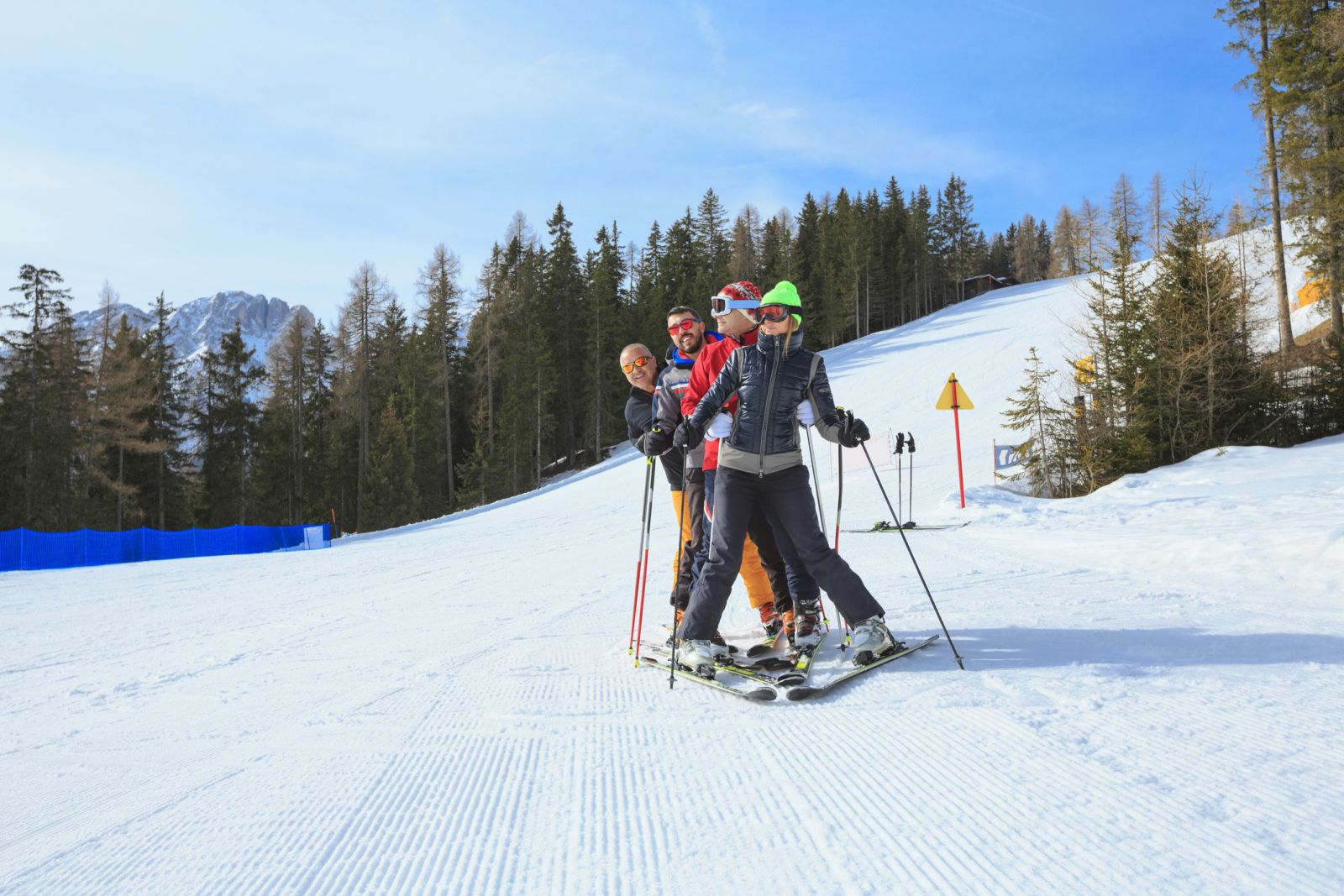Skiing Injuries & Prevention
Common Ski Injuries

According to the US Consumer Product Safety Commission, there were more than 144,000 snow skiing-related injuries treated in hospitals, doctor’s offices, and emergency rooms in 2010. Injuries associated with snowboarding were even greater: 148,000.
A wide range of injuries occur in snow skiing. Knee injuries are very common, particularly injuries of the anterior cruciate ligament. Because skiers frequently put their arms out to break a fall, shoulder injuries — such as dislocations and sprains — often occur. Fractures around the shoulder and lower leg are also common. Head injuries also occur in skiing, and can be especially serious.
Several strategies can help prevent ski injuries, such as having the appropriate equipment and choosing ski runs that match your level of experience. Taking ski lessons is especially important for new skiers — learning how to fall correctly and safely can reduce the risk for injury. Even experienced skiers can improve by taking a lesson.
Proper Preparation
Maintain fitness. Be sure you are in good physical condition when you set out on a ski outing. If you are out of shape, select ski runs carefully and gradually build your way up to more challenging trails.
Many ski injuries happen at the end of the day, when people overexert themselves to finish that one last run before the day’s end. A majority of these injuries can easily be prevented if you prepare by keeping in good physical condition and stopping when you are tired or in pain.
Warm up. Research studies have shown that cold muscles are more prone to injury. Warm up with jumping jacks, running or walking in place for 3 to 5 minutes. Take a couple of slow ski runs to complete your warm up.
Hydrate. Even mild levels of dehydration can affect physical ability and endurance. Drink plenty of water before, during, and after skiing.
Ensure Appropriate Equipment
- Wear several layers of light, loose and water- and wind-resistant clothing for warmth and protection. Layering allows you to accommodate your body’s constantly changing temperature.
- Buy or rent boots and bindings that have been set, adjusted, maintained and tested by a ski shop that follows American Society of Testing and Materials (ASTM) standard job practices.
- Check the binding of each ski before skiing. The bindings must be properly adjusted to your height and weight.
- Wear appropriate protective gear, including goggles and a helmet. Helmets are sport-specific, so do not wear a bike helmet on the slopes. Ski helmets should be worn.
What Are The Treatment Options For Skiing Injuries?
Know safety rules.
Understand and abide by all rules of the ski resort. Know general safety rules of skiing, such as how to safely stop, merge, and yield to other skiers.
Ensure a Safe Environment
- Stay on marked trails and avoid potential avalanche areas such as steep hillsides with little vegetation.
- Watch out for rocks and patches of ice on the ski trails.
- Pay attention to warnings about upcoming storms and severe drops in temperature. Make adjustments for icy conditions, deep snow powder, and wet snow.
Prepare for Injuries
- Skiers should ski with partners and stay within sight of each other. If one partner loses the other, stop and wait.
- Seek shelter and medical attention immediately if you, or anyone with you, is experiencing hypothermia or frostbite. Make sure everyone is aware of proper procedures for getting help if injuries occur.
Our team is here for you
We offer the best, least invasive and least aggressive options to relieve your pain and symptoms so you can get back to the life you love. Atlantic Orthopaedic Specialists Sports Medicine Care Center has convenient locations in Virginia Beach, Norfolk and Chesapeake.



